Bonnie since a young puppy has came around with me while I feed the birds.
It has been very successful and bountiful (so far- touch wood) for fledglings in my garden this year. I put this down to a number of factors, we had just the right amount of warm sunshine and rain at the right time, (once we got over that very wet spell which we had late winter, early spring) allowing an increase in the insect population. Also Bonnie our little Irish Shorty Jack Russell Terrier whom we got last October keeps the cats out of our garden.
Now I am going to go off on one of my big hates…
And before I begin – “I do know” that there are many cat owners who are very responsible cat carers and who know where their cats are at all times. I have had some lovely cats as pets myself over the years. So I am not in any way a cat hater. But that said there are some very bad and lazy cat owners, who gets cute little kittens and neither spay or neuter them and let them roam all over the place at all times. I also know that of the millions of baby birds hatched each year most will die before they reach breeding age due mainly to starvation, disease, other forms of predation and that millions of adult birds die to habitat loss and chemical poisoning.
A peer-reviewed study, which offers the most comprehensive analysis of information on the issue of outdoor cat predation in America was published (29th January 2013) in the online journal Nature Communications. The study was authored by Dr Peter Marra and Scott Loss, research scientists at the Smithsonian Conservation Biology Institute and by Tom Will from the U.S. Fish and Wildlife Service’s Division of Migratory Birds. Based on figures the authors verified as scientifically rigorous, they statistically quantified the total bird and small mammal mortality estimate caused by cats.
The finding that cats are only bringing back less than one quarter of their kills to their residence counters previous studies that tried to gauge the impacts of domestic cats on wildlife. Those earlier estimates were based on mortality counts from birds and mammals that the cats brought home with them. However the study has showed that nearly half of the time (49%) cats would leave the prey at the capture site and 28 percent were eaten and never brought home. The new study goes on to state:
“The magnitude of wildlife mortality caused by cats that we report here far exceeds all prior estimates. Available evidence suggests that mortality from cat predation is likely to be substantial in all parts of the world where free-ranging cats occur…These estimates, especially for birds, far exceed any previous figures for cat killings, and also exceed all other direct source of anthropogenic bird deaths.” (Such as collisions with buildings, windows, communication towers, wind-turbines, vehicles and pesticide poisoning).
I do not know how many pet cats we have in Ireland. However, The ISPCA state that assuming ownership patterns are similar to those in the UK, there may be about 700,000 here. The ISPCA also claim that there are a further 200,000 living rough. If predation rates for American and Irish cats are broadly similar it is estimated, we would have about four million bird casualties annually.
first swallow brood this year in one of two sheds at Haremooncottage that has swallows nesting.
Swallows – our summer visitors who travel thousands of miles from Africa to get here and will return again to Africa with this year’s swallow fledglings in September.
Swallows fledge in about 17-24 days and like other hirundines and Swifts, feed on the wing by catching insects in their large gapes. Once fledged, the youngsters receive in-flight food from their parents.
The long tail feathers give Swallows exceptional manoeuvrability, but as you can see from above photo even though this little one is just fledged the tail feathers have still to grow. In the first few days, a new fledged swallow will rest low down on branches where it can be caught by a cat.
This fledgling most now build up is flying ability for its journey to Africa – Keep your “Cats Indoors” so it can do that trip and return again to Ireland it has so many dangers to meet in its life.
This baby robin is of the second brood for mother robin who nests in a kettle in the bramble at the bottom of the garden here at Haremooncottage.
Baby Robins are ready to leave the nest when they are about 13 days old. They cannot fly well when they first leave the nest so they face two or three days of great danger they must build up muscles and grow adult feathers to be strong fliers. They have soft speckled brown plumage which they rely on to conceal them from predators as they hide in low vegetation. Both parents still feed them for a few days however mother robin soon leaves to lay a new clutch of eggs. In a good year robins may have two or three broods.
This Robin Fledgling is sunny him/herself which is so important for it feathers. It fledged early yesterday and it is now so vulnerable to a cat.
Enemy number one for the Robin is the CAT. It has been calculated that cats take 40 times more robins than any other predators such as owls, sparrowhawks, kestrels, stoats and rats.
It is the nature of the cat to hunt and they do kill huge numbers of birds each year. So please if you do have cat try and keep it indoors especially in the breeding season, particularly during the early morning and late evening. Fitting a bell collar to your cat really helps as I always had one on my cats and according to the ISPCA it will reduce the number of birds it kills by about a third.
Source: 29th January 2013. Loss, Scott R., Will, Tom., & Marra, Peter P. The impact of free-ranging domestic cats on wildlife of the United States.
http://www.nature.com/ncomms/journal/v4/n1/full/ncomms2380.html
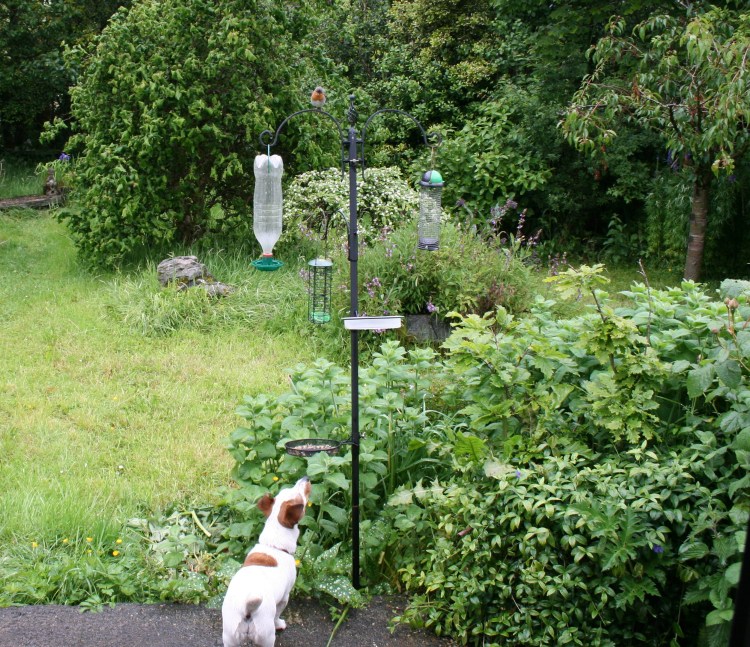
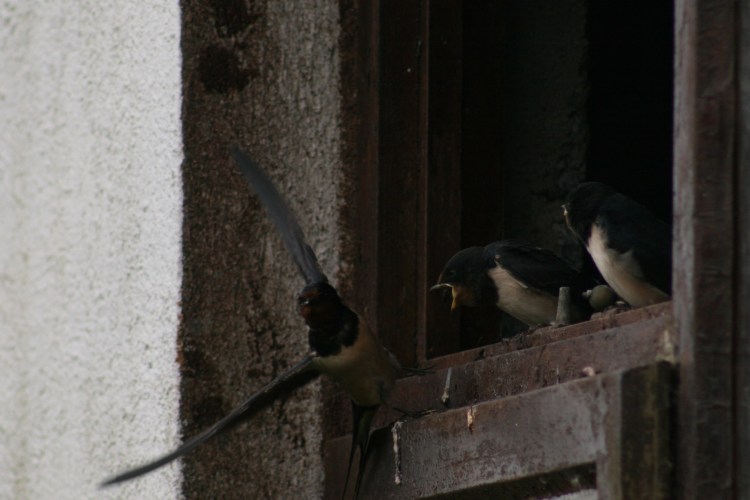
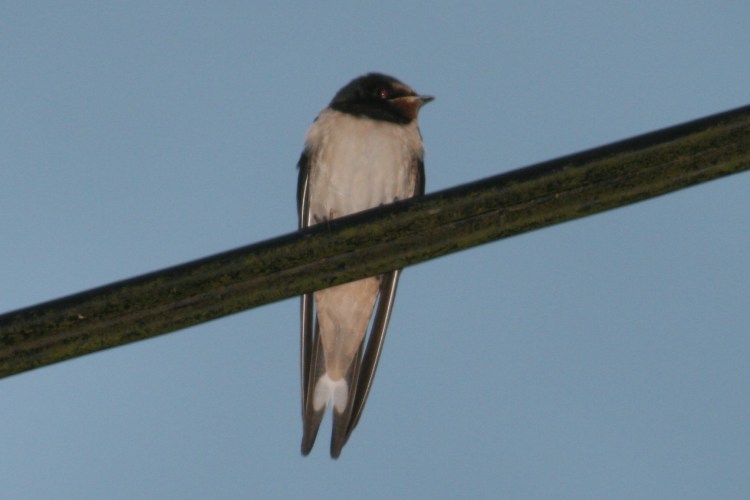
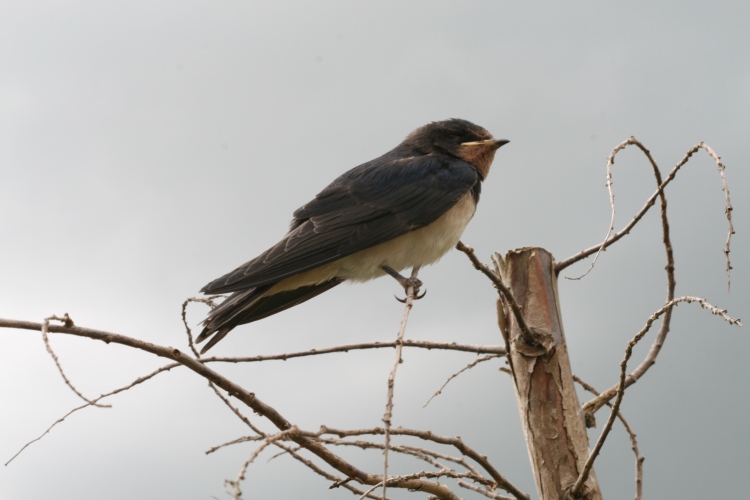
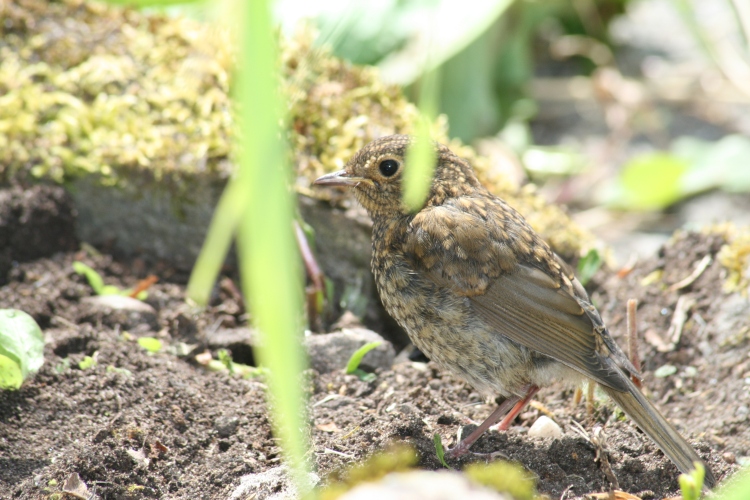
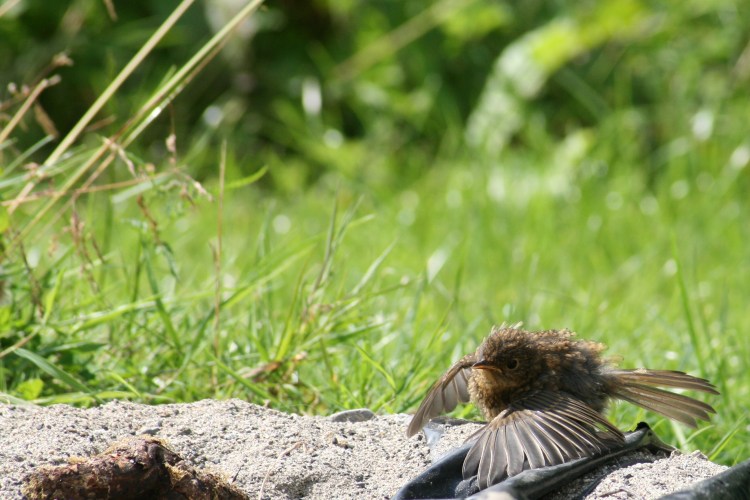
Howdy! I just want too offer you a huge thumbs up for your
great information you’ve got here on this post.
I’ll bbe returning to your blog foor more soon.